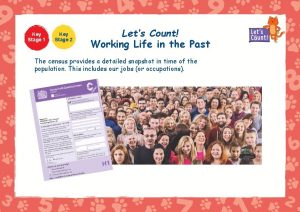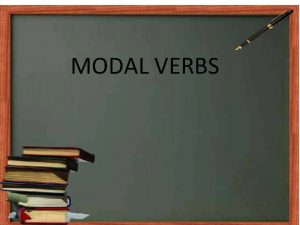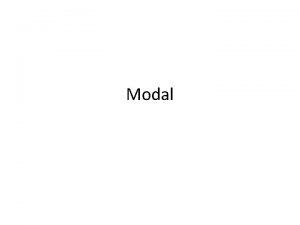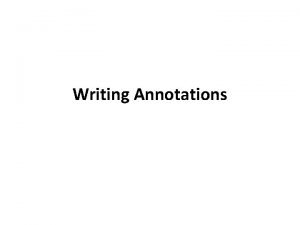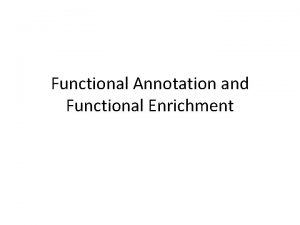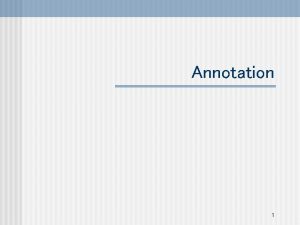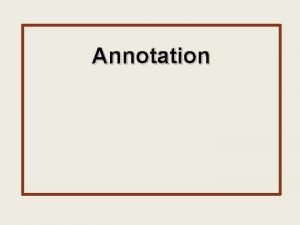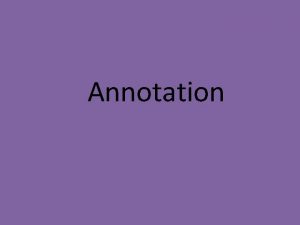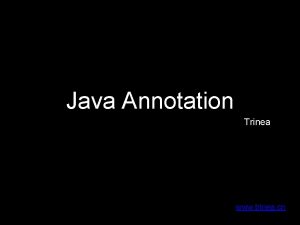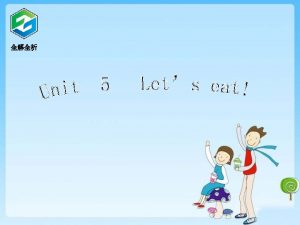Now lets discuss Textual Annotation Woot Steps of









- Slides: 9

Now, let’s discuss… Textual Annotation! Woot!

Steps of Effective Annotation 1. Supplies (some or all): Ø Pen or pencil Ø Highlighters Ø Post-its Good idea! v Use post-its to write summaries of text sections. 2. Read twice. Ø First—quickly (get sense of text) Ø Second—carefully (with annotation)

Steps of Effective Annotation 3. Underline/circle/star/highlight/post-it: ØImportant/main ideas ØRepetition and rhetoric ØConfusing words or phrases ØSections that incite a strong reaction Good Idea! v Use color coded highlighters and/or post-it notes to annotate according to specific topics (vocab, main ideas, questions, etc. ).

Steps of Effective Annotation 4. Write in margins: ØQuestions about text ØResponses to text ØDefinitions of terms Øafter looking them up, of course ØAnswers to questions ØExplanations for markings (i. e. why underlined? ) ØConnections to other texts/ideas

Steps of Effective Annotation 5. Review annotations ØMake sure everything makes sense to you 6. High five yourself for a job well done.



Questions to Ask While Reading: • Whose views are being represented? • What or whose interests are being served? • What are the intentions behind the message? • What reading or speaking position are you being invited to take up? • What cultural assumptions are being taken for granted? • What or who is absent that one would expect to find?

Things to Consider While Reading • • • Who the author is. What his/her background/experience is. Where something is published. In what format the text is written. For what target audience is the text written.
